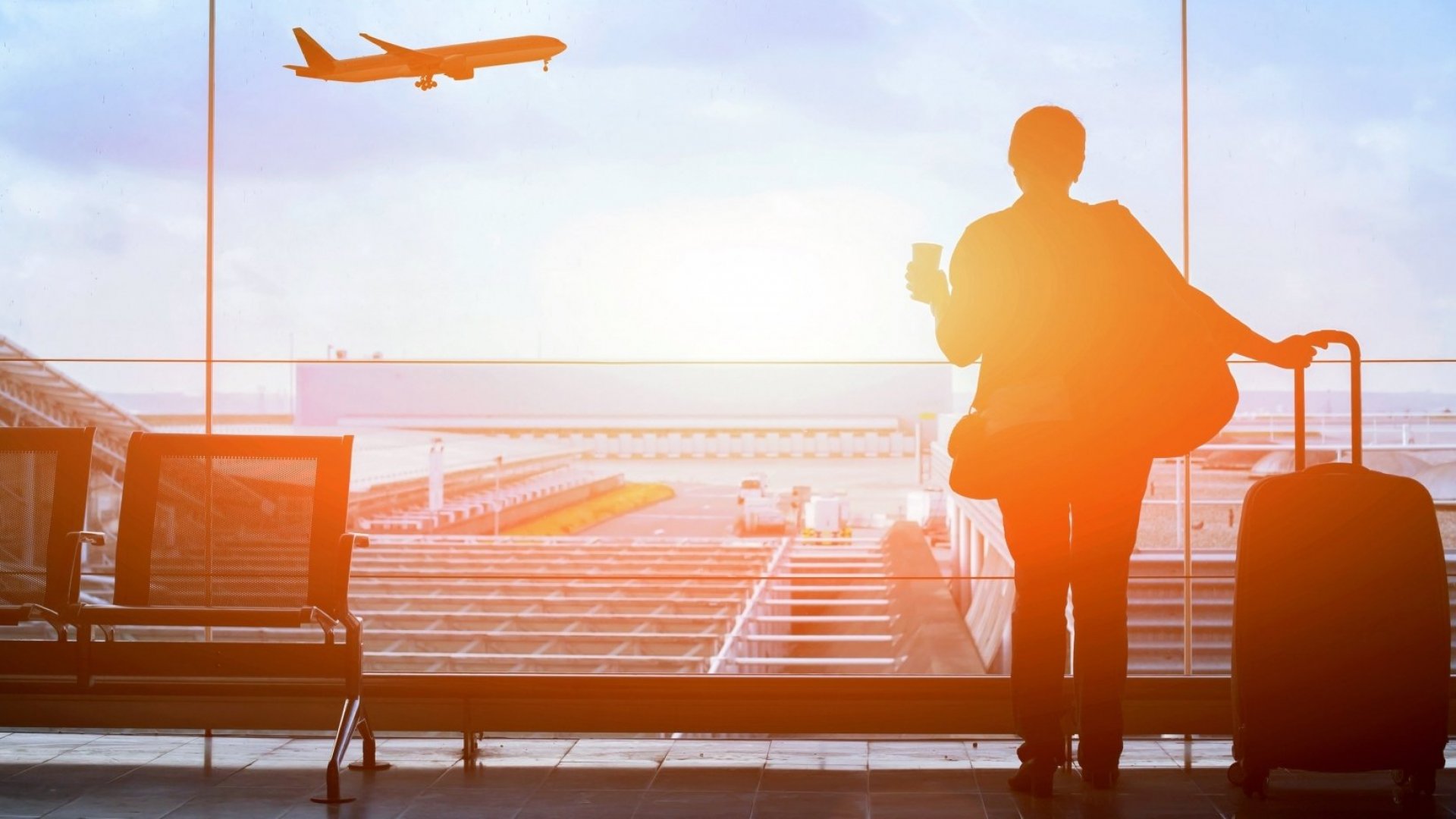This is what I consider to be essential items for any traveler/backpacker. These are items which I have used in my past 다낭 마사지, and have served me well. The first most obvious thing for any traveler to decide on is whether to use a backpack or a suitcase.
During my first solo travel experience to Southeast Asia, Korea and Japan, I travelled with a backpack. For under 50 I bought a Eurohike 55 litre backpack with a rain cover, which came in handy during the monsoon season!
The pack was top-opening, and didn’t really offer much by way of security. I therefore bought a special backpack transit case which I put my backpack into and made it secure from theft, but also made it secure from airport conveyor belts.
I had heard that the conveyors in airports sometimes broke clips from backpacks if they were not properly secured, and that some airlines didn’t even want to have backpacks on their airplanes because they were a safety threat.
I actually lost the backpack case during the course of my travels, and had to resort to wrapping my backpack in black bin bags and tape in order to prevent the clips from catching airport conveyors. The backpack was comfortable, with some very nice cushioned padding.
However, I realized as my trip went on that the pack was a little too large. I had read on many different websites that the smaller and lighter your pack, the more comfortable your trip will be. This is so true. It is not just about how light the pack is for you to carry, but also practical reasons like travelling on packed trains and subways with a giant wardrobe on your back.
The backpack was incredibly annoying whilst travelling on busy subways, as I didn’t know if, and how badly, I was bumping into people – but I am sure that I definitely was! However, it was great to have my hands free when I needed to pay for tickets and also carry bags and water bottles.
On my second trip to Japan, I decided to ditch the backpack and travel with a medium sized suitcase. I was travelling for 3 weeks, and had planned to move around the country quite a bit. I was worried about the condition of the suitcase’s wheels by the end of the trip, but altogether I preferred the comfort of a nice suitcase. The suitcase takes up the use of your arms, but it does relieve your back.
I found time and again that my backpack was becoming too heavy and cumbersome for longer walks; a suitcase, meanwhile, makes walking a pleasure. Trying to find your hotel in the humid and busy conditions of Bangkok with your gigantic backpack is not a pleasant experience.
Though, going up stairs is a pain with a suitcase, but with a backpack it is a breeze. This may be important to you as it is best to travel around a Japanese city (and many other Asian cities) via the subway system, and sometimes they have enormous staircases leading to the platforms.
The final clincher is that a suitcase makes you look more businesslike and professional; a backpack makes you easily identifiable as a traveler or tourist, and makes you stand out far more. If I entered a nice hotel with my backpack, I wouldn’t be given the same service as if I travelled with a suitcase.
I believe that backpackers have a bit of a bad name in some countries, as backpackers tend to be younger people who are more prone to loutish behavior due to letting of some steam after finishing university.
You don’t want to take your suitcase or backpack with you on your daily walks or excursions, so you need a nice convenient daypack. I actually took a shoulder bag, as it looked more stylish than a small backpack.
